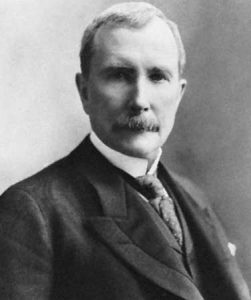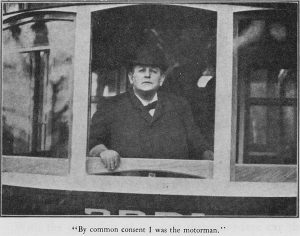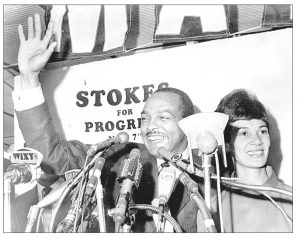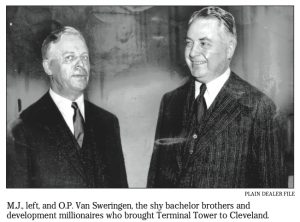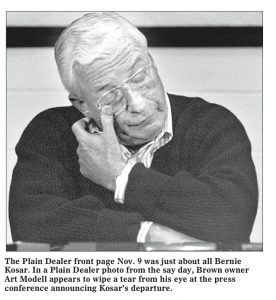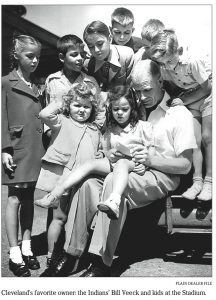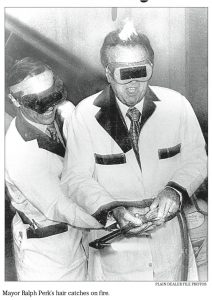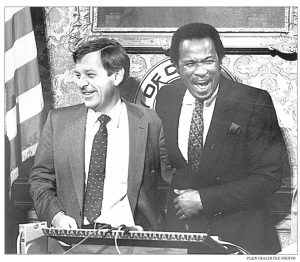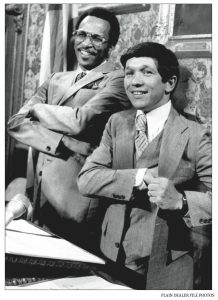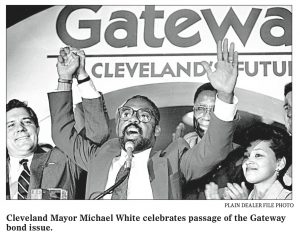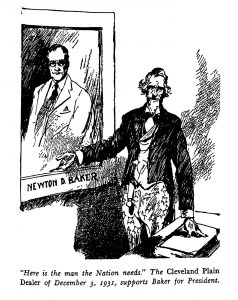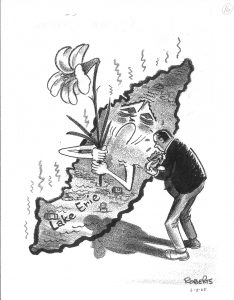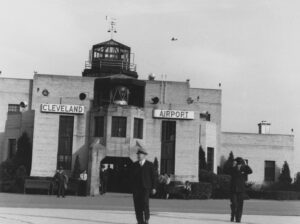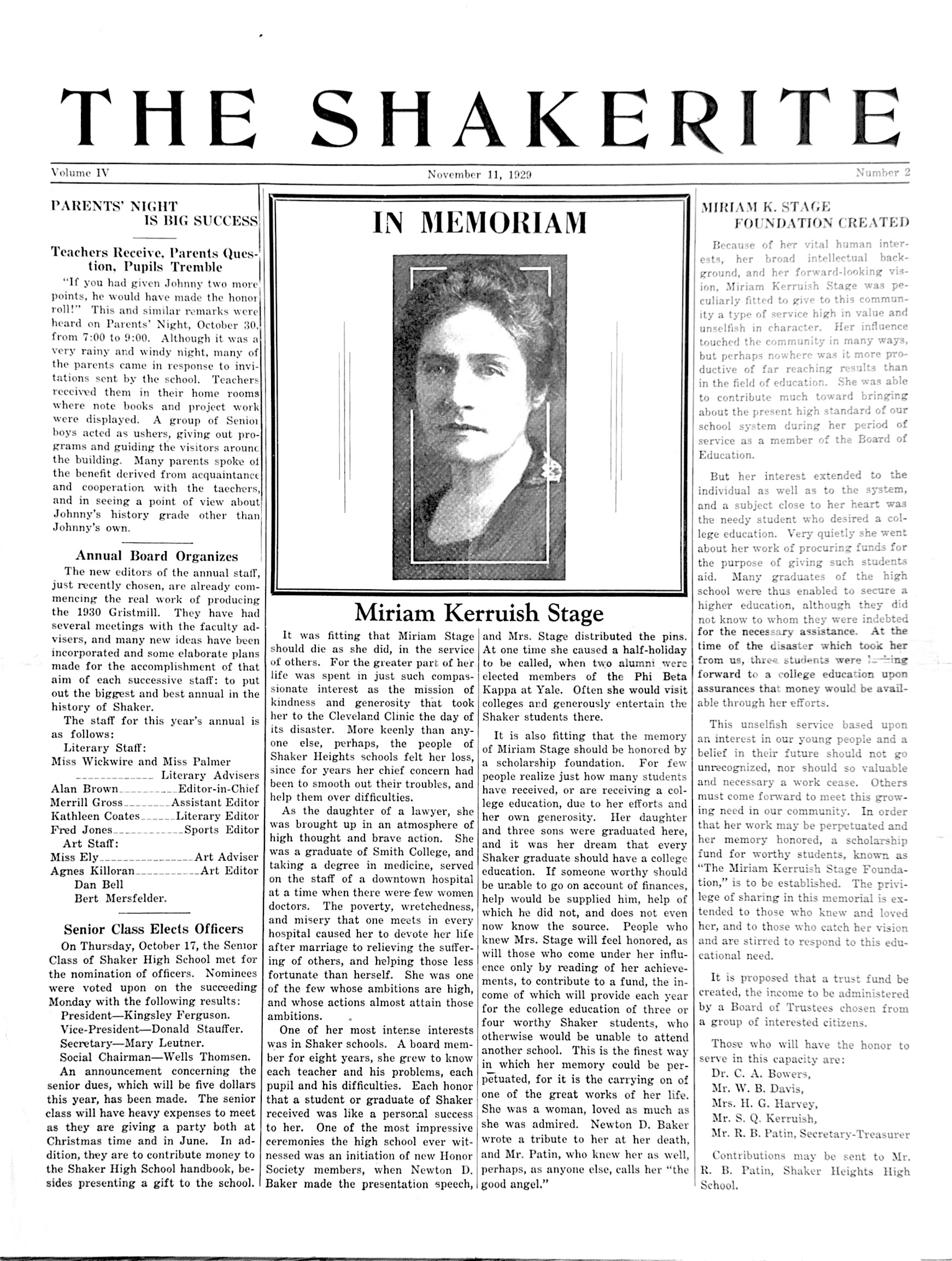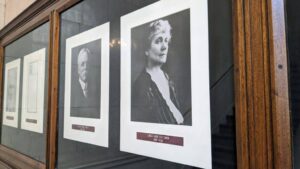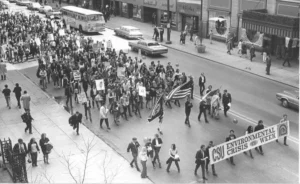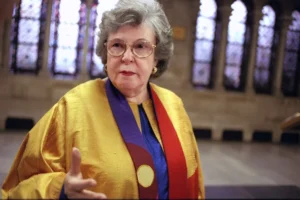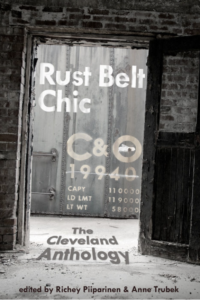Teaching Cleveland Welcome Page
Welcome to Teaching Cleveland Digital phase 2
Here is the original site
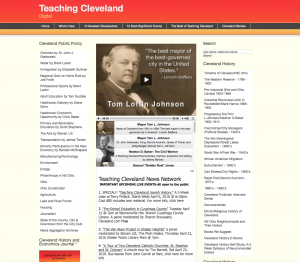
Unfortunately it was an old platform and the time had come to move on
Also unfortunately all of our links from google are lost too. But the search function works pretty well. So just enter the topic you want to find in search and it should should pop up
Thank you for your patience. Click on the photos below if you want more content on the people shown
or use Google with a topic and “Teaching Cleveland” in search.
This link takes you to a search button
This link takes you to a recommended 5 week reading list
This link goes to “Teaching Cleveland Stories”

